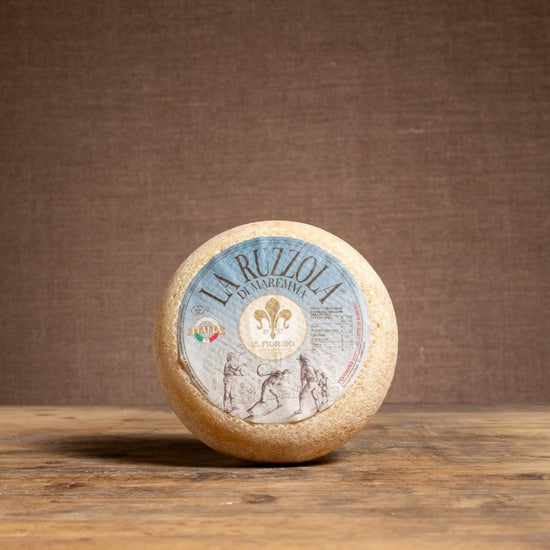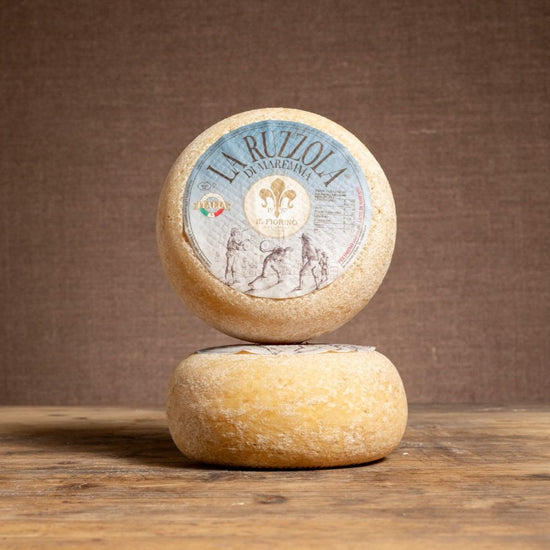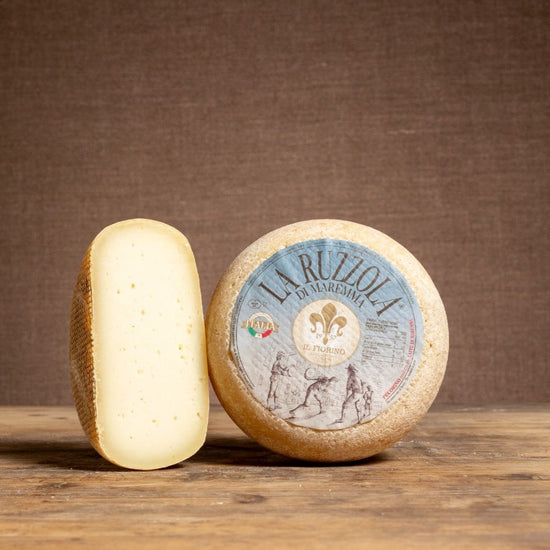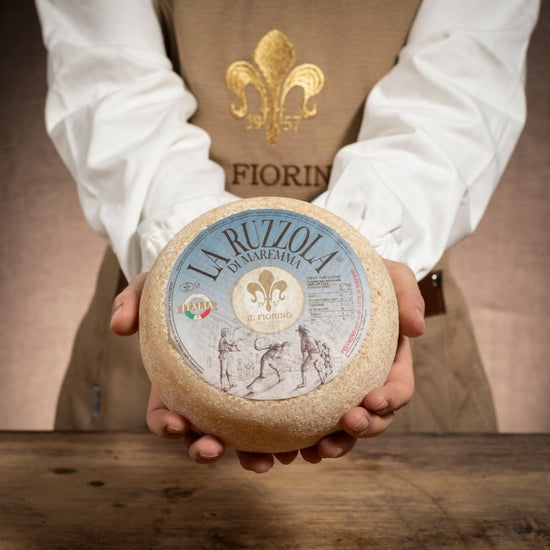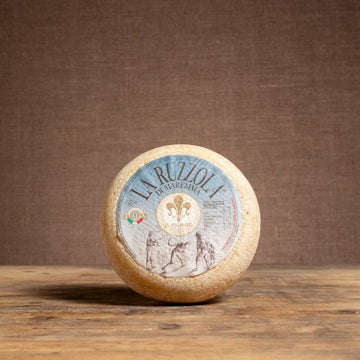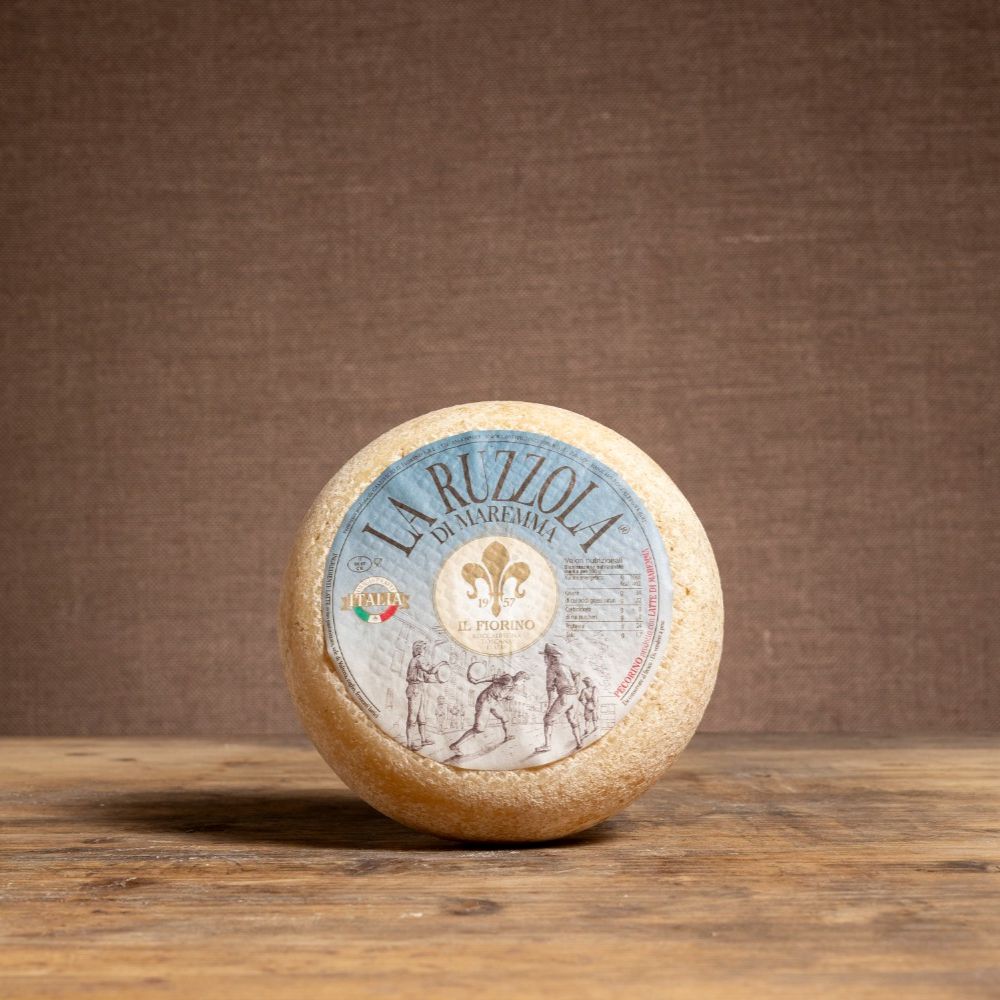
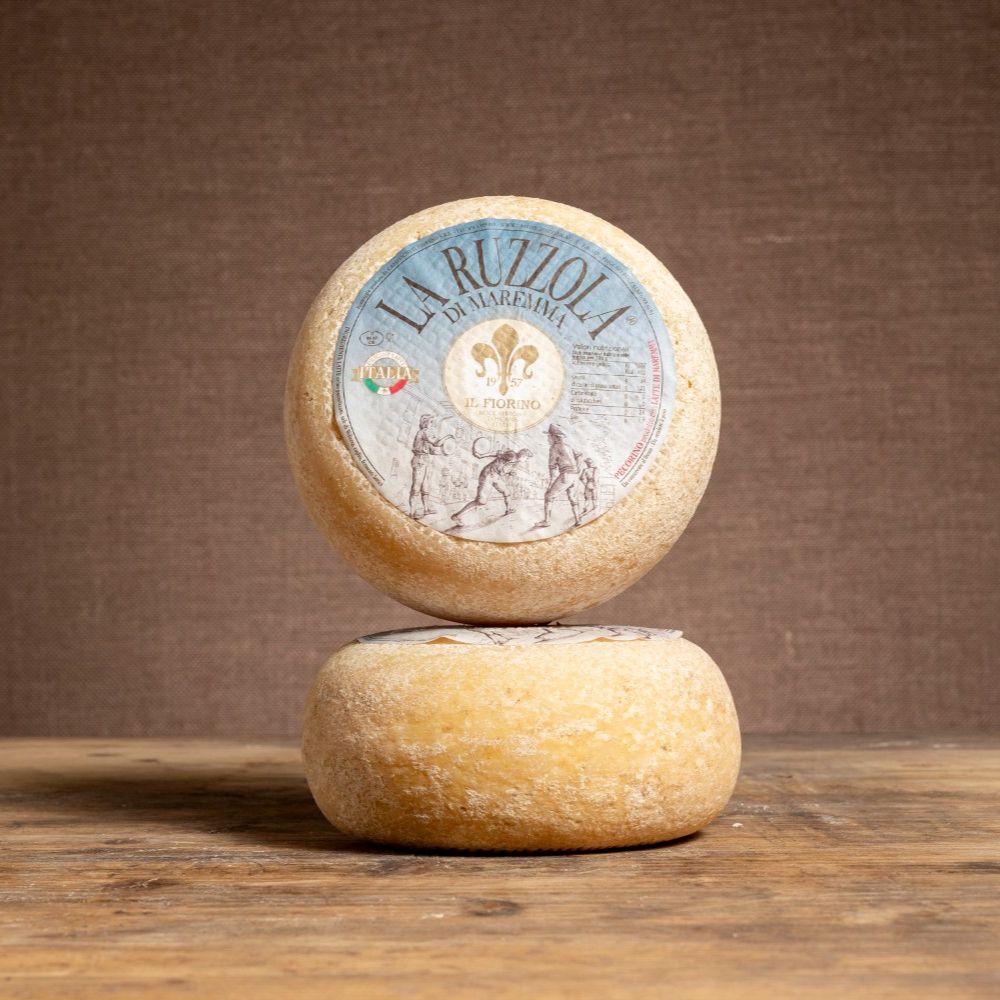
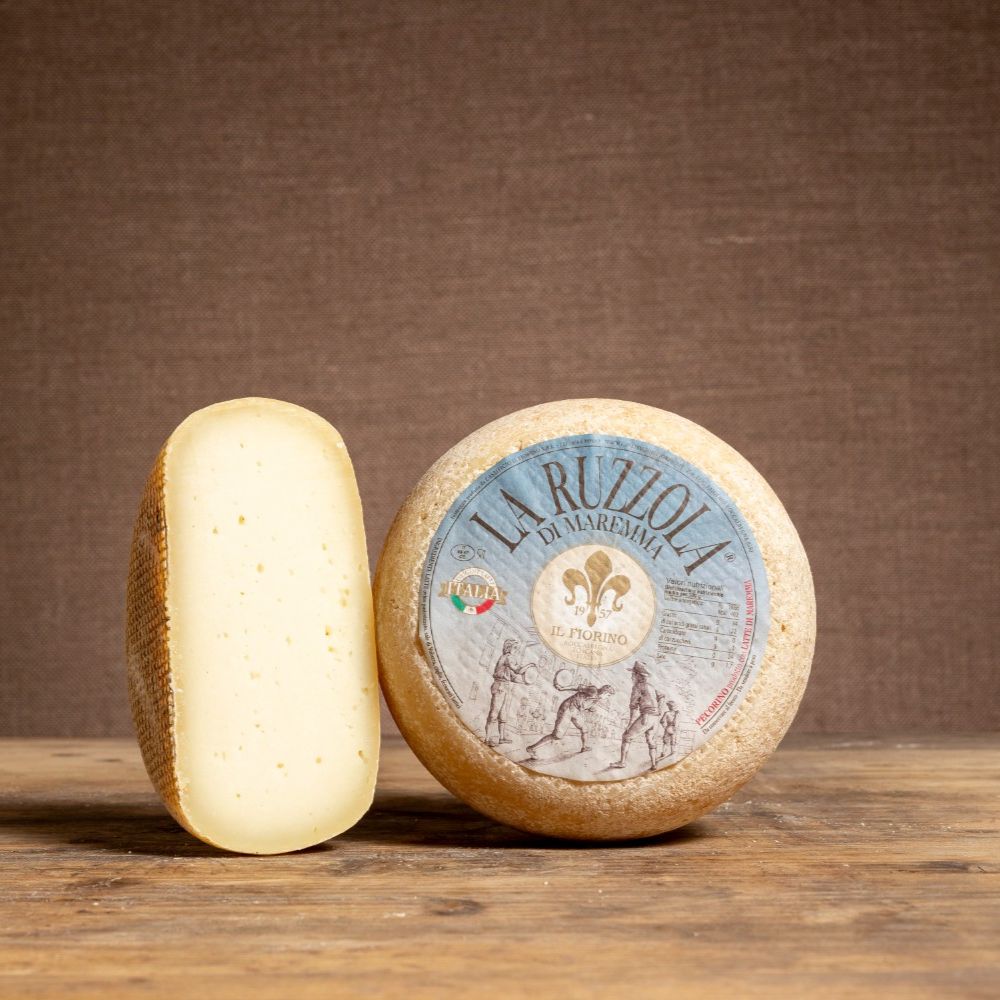
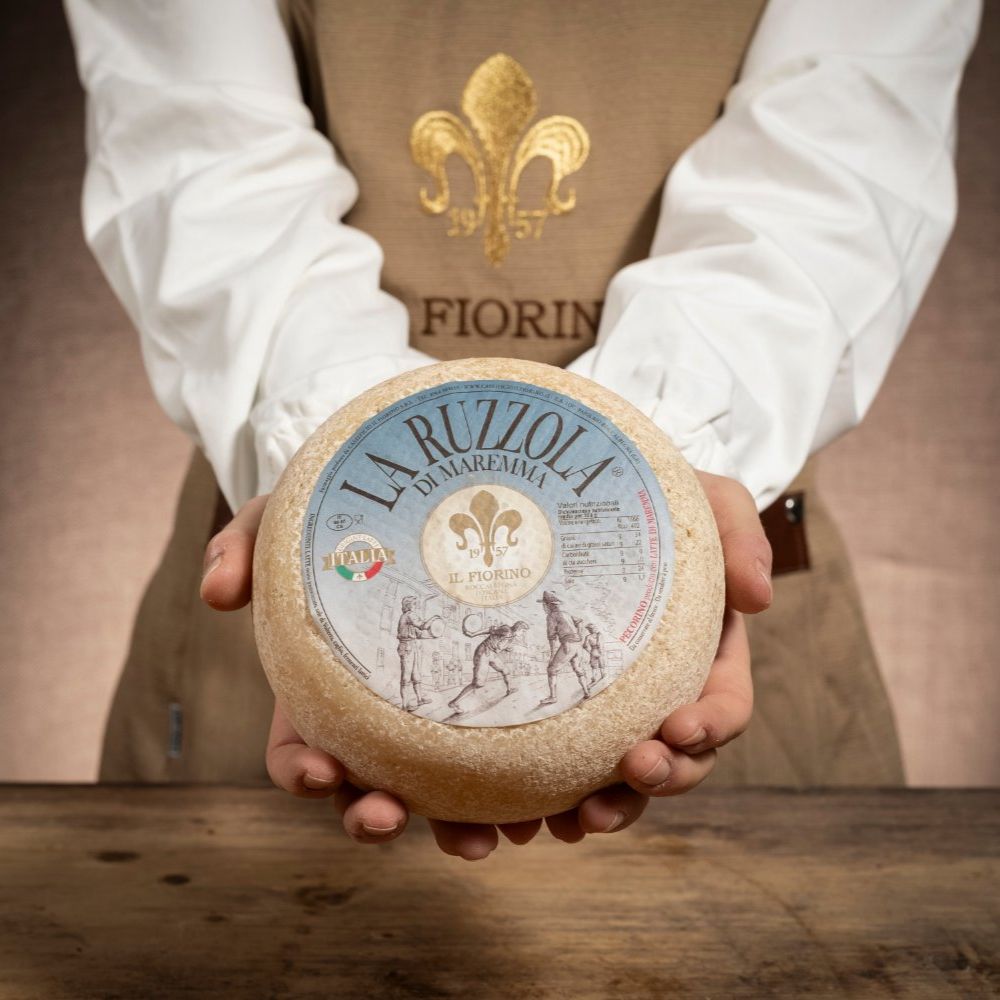
La Ruzzola di Maremma
- Expected Delivery Dec 20 - Dec 24
-
Free Shipping on orders over 59,90€
To ensure maximum freshness of our cheese, we use an ice bag with gel ice and vacuum-pack the product to avoid contamination.
Additional information
We recommend opening the cheeses from the vacuum and keeping them at room temperature for at least an hour before tasting to warm them up and allow them to breathe. The ideal temperature for tasting fresh cheeses should be around 15°, rising gradually as they ripen to 20° for reserves. The ideal portion size of a cheese is about 30 grams and should also include the rind. If stored correctly, the rind of our mature cheeses is edible, just scrape it with a knife and then dab it with vinegar, and once dry it can be tasted.
Once opened, we recommend keeping them in the refrigerator at a temperature between 2 and 7 degrees, possibly in a cheese box, otherwise they can be kept in an airtight container or in a plastic food bag.
If a cheese forms mould in the fridge, it means that it is natural, because it is normal for it to develop mould during its ripening/seasoning process, examples are Gorgonzola and Roquefort (blue mould), Brie (white mould) where the presence of mould is a major characteristic. This does not mean that it cannot be eaten, it simply has to be cleaned. In seasoned pecorino the mould can be removed from the rind by wiping it with a dry rough sponge, after cleaning the rind it should be allowed to dry and then put back into the clean container in the fridge, if it is in the slice just remove a few millimetres before eating it.
If the pecorino is fresh just remove the mould by rinsing it in warm water and vinegar, let it dry well and then put it back in the fridge. In the slice as for seasoned, just remove a couple of millimetres before eating it.


